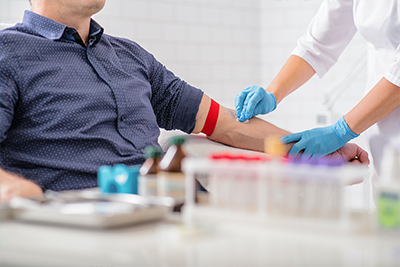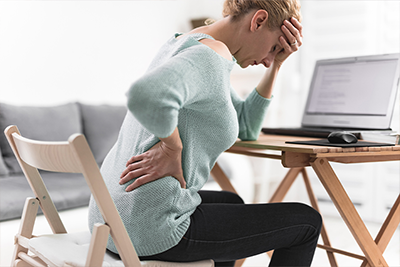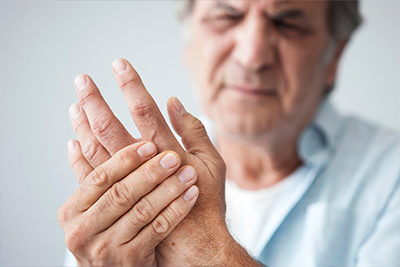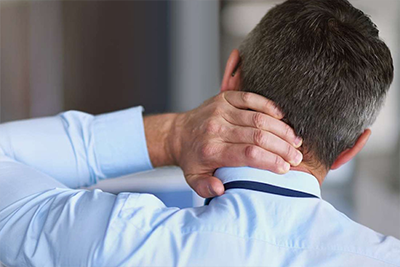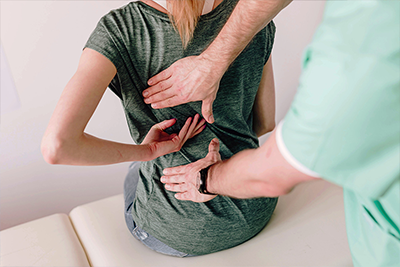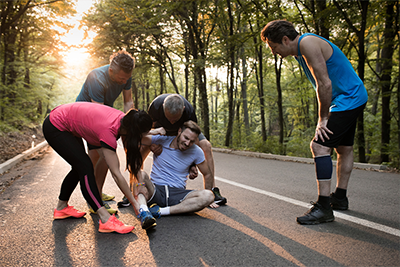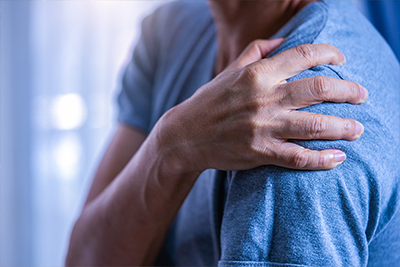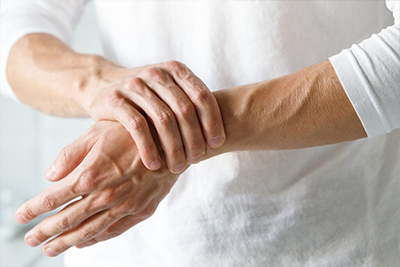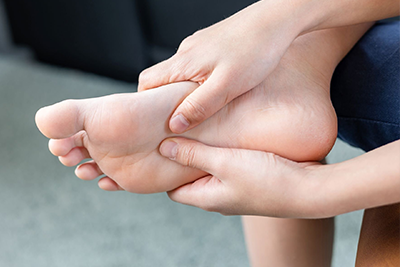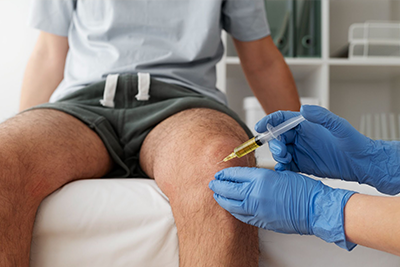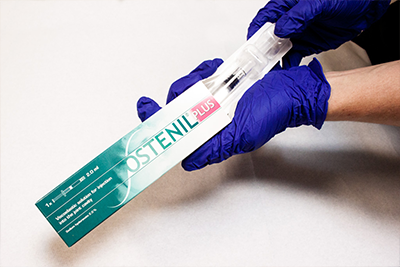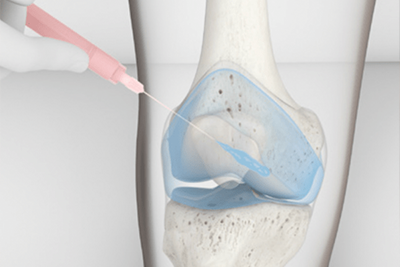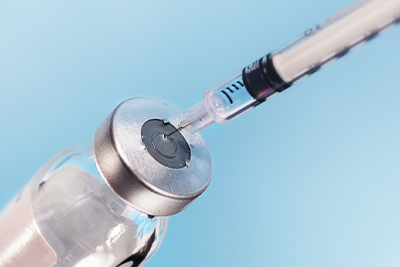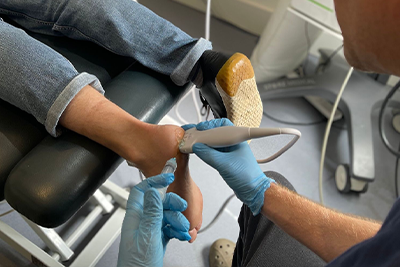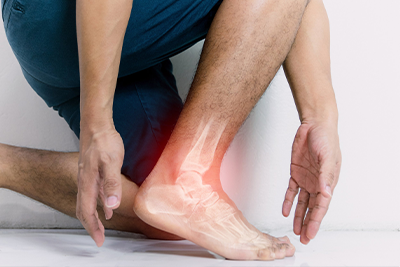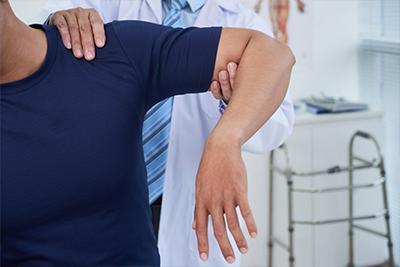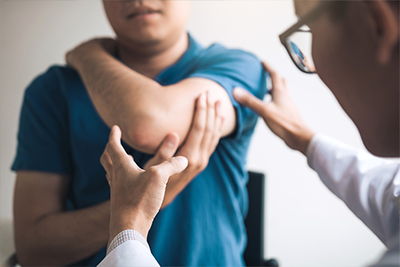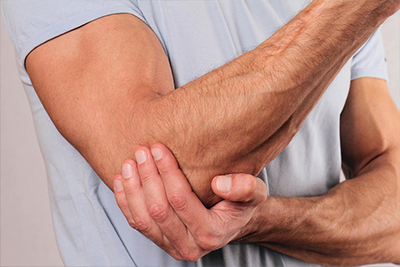One of the most likely times women will get back pain is during pregnancy and for men and women, it is when there is an infant in the house needing to be picked up and carried. Both these times are paradoxically when you would like your back to be functioning at it’s best.
Caring for an infant puts stress on your back. Initially, you may be lifting the 7 to 10 pound baby up to 20-30 times a day. By the time the child is a year old, you are lifting and carrying around 17 pounds. Two years later, you will be lifting a 25 to 30 pound child.
Here are some ways that new mothers and fathers can help reduce their risk of injury and back pain.
Safe lifting, the basics:
During pregnancy stand with your feet at least a foot apart, this will give you a stable base of support. Keep your back as straight as possible and bend your knees. Do not stretch your arms out straight to pick up the baby. Bring the baby close to your chest before lifting.
Lift using both arms and your thigh muscles, which are amongst the largest and strongest muscles in the body. To pick up a child from the floor, bend at your knees not at your waist. Squat down, tighten your stomach muscles and lift with your legs. When carrying and moving a child, pivot with your feet until you are facing your destination then lower the child into the crib or onto the floor by bending at the knees, with a straight back.
Carrying:
Hold your child in an upright position, directly against your chest. Carrying a child on one hip creates postural imbalances that can lead to low back pain over time. Consider using a “front pack” to carry the baby when you are walking.
Exercise for women:
Begin exercising again soon after delivery to restore muscle tone to the abdominal and back muscles. While the baby is napping, take 10 minutes to do stretching exercises on the floor each day. This will help restore hip and back flexibility. Try to return to your normal weight within six weeks after giving birth. If you had a Caesarean-section (C-section) delivery, wait six weeks or until you get the permission of your obstetrician before you begin exercising.
Breastfeeding:
To avoid upper back pain from breastfeeding, bring the baby to your breast, rather than bending over the baby. While you are nursing, sit in an upright chair rather than a soft couch.
Related Articles
- Low Back Pain During Pregnancy
- Healthy postural positions for babies!
- Introduction to Cranial Osteopathy
- Osteopathy During Pregnancy
- Osteopathy For Babies And Children



